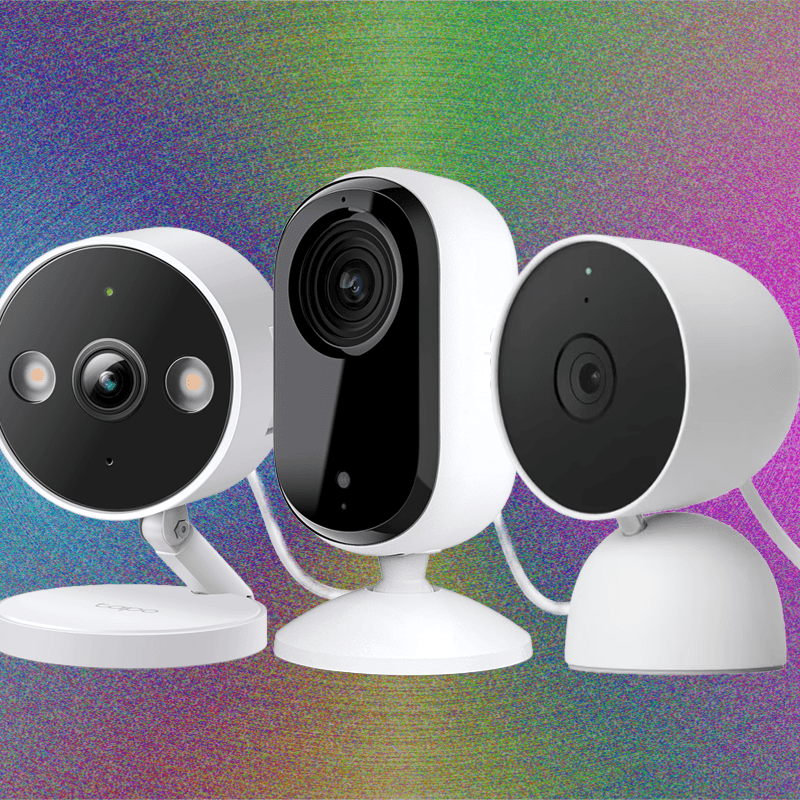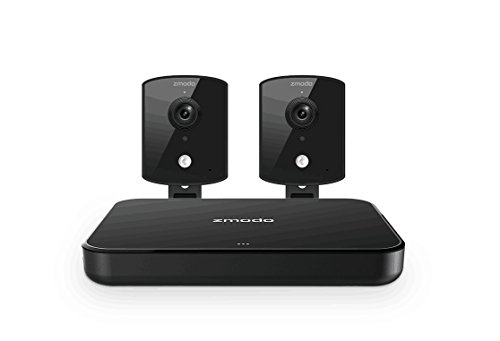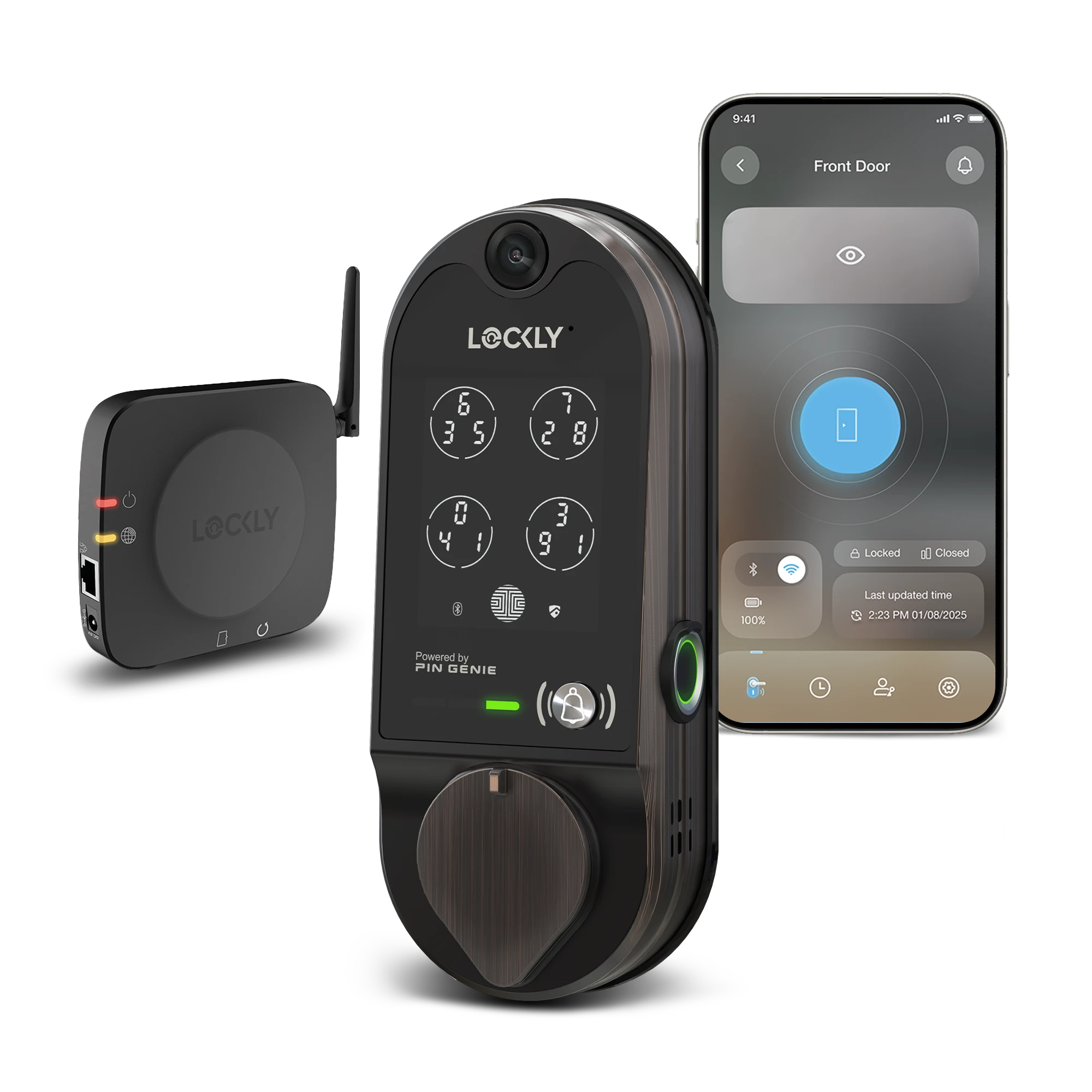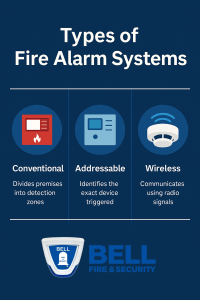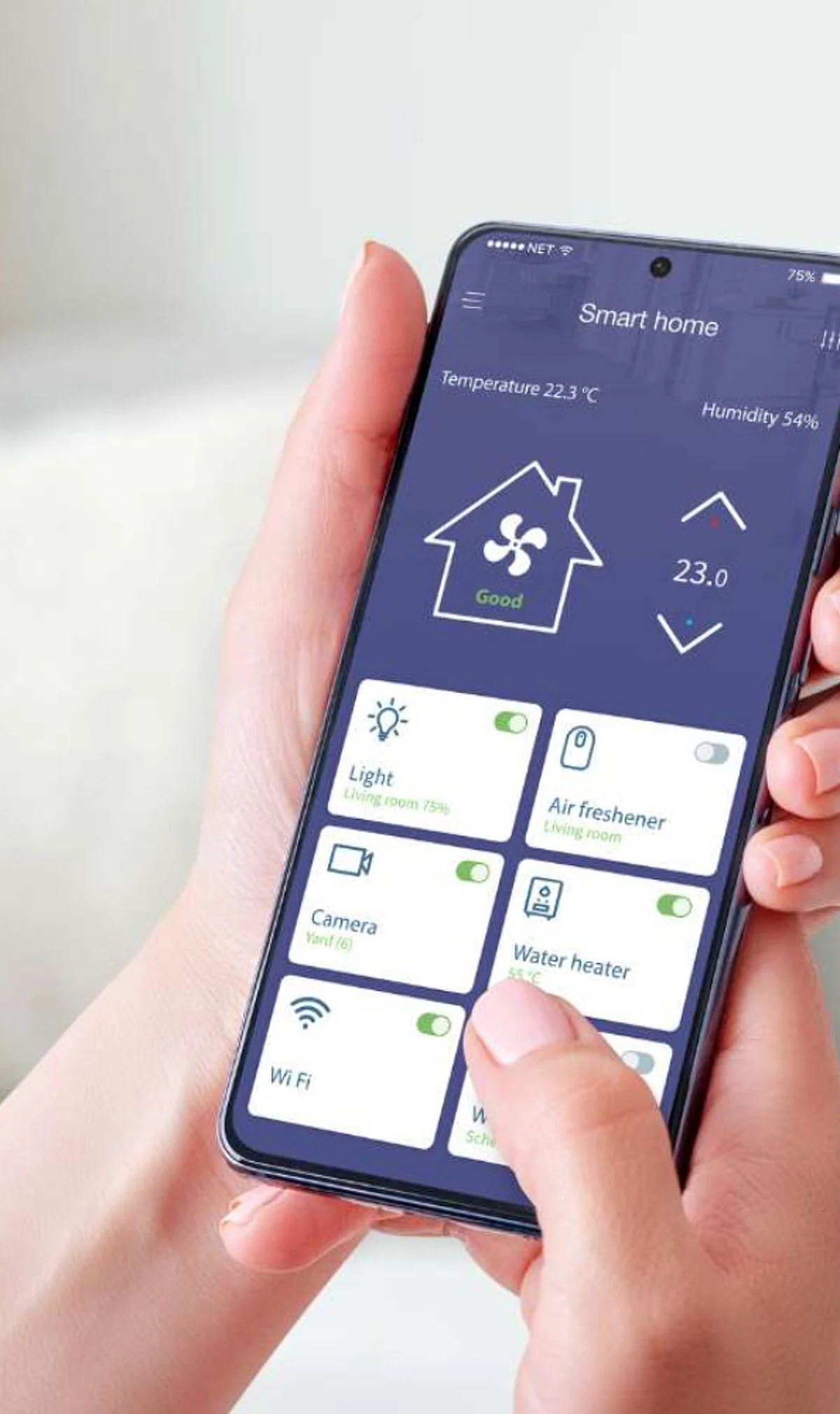Imagine having complete control over your home’s security right at your fingertips. Smart home integration cameras make this possible by connecting seamlessly with your devices, giving you real-time views and alerts wherever you are.
If you want to protect your loved ones and valuables without any hassle, understanding how these cameras work is key. Keep reading to discover how smart cameras can transform your home security and bring you peace of mind like never before.

Credit: www.cnet.com
Benefits Of Smart Home Cameras
Smart home cameras help keep your home safe and connected. They offer many useful features.
These cameras work with your smart devices to give you control and peace of mind.
Enhanced Security Features
Smart cameras detect motion and send alerts to your phone. This helps you act fast.
Many cameras have night vision to see clearly in the dark. Some even record sounds.
- Instant alerts for unusual activity
- Clear images day and night
- Two-way audio for communication
Remote Monitoring Convenience
You can check your home anytime using a smartphone or tablet. This works from anywhere.
Remote access helps you see what is happening in real time. You can share video with family.
- Live streaming on mobile devices
- Easy to use apps for control
- View recorded footage anytime
Integration With Other Devices
Smart cameras connect with alarms, lights, and voice assistants. This makes your home smarter.
Integration allows automatic responses like turning on lights when motion is detected.
- Works with smart locks and alarms
- Voice control through assistants
- Automated actions for safety
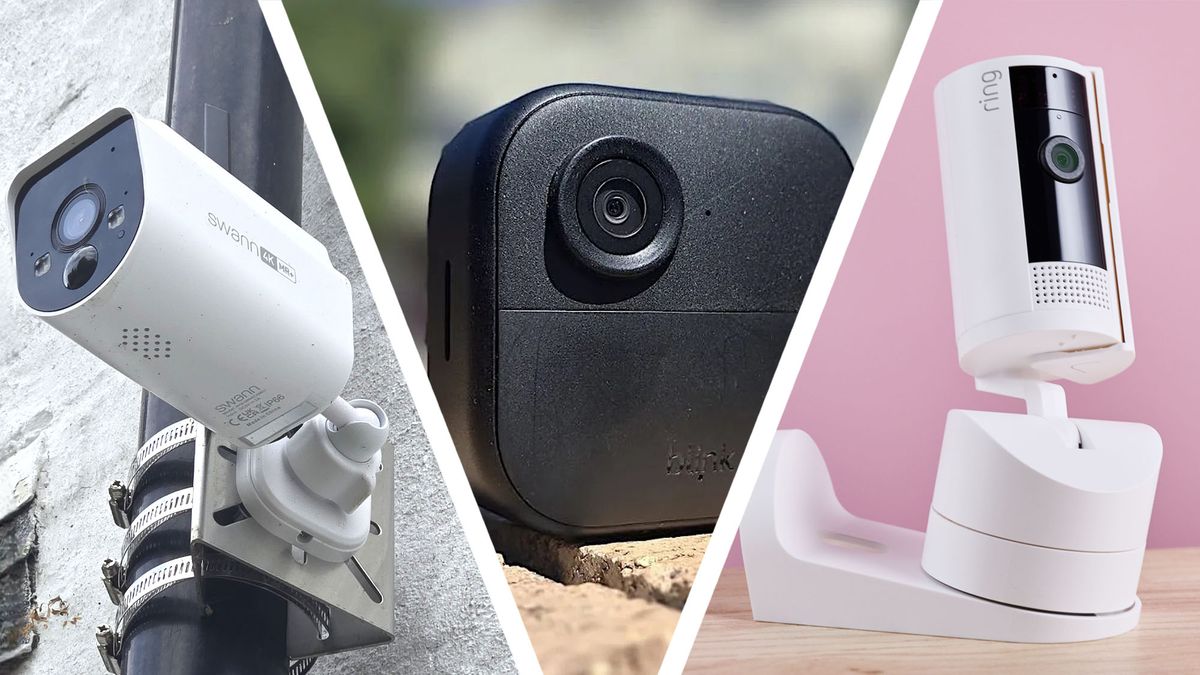
Credit: www.techradar.com
Types Of Smart Home Cameras
Smart home cameras help keep your home safe. They come in different types for various needs.
Choosing the right camera depends on where you want to use it and what features you need.
Indoor Cameras
Indoor cameras are made to watch inside your home. They are small and easy to place on shelves or walls.
These cameras help you check on pets, kids, or any unusual activity inside your house.
Outdoor Cameras
Outdoor cameras are built to work in different weather conditions. They have strong cases to resist rain and dust.
These cameras usually have night vision to see clearly in the dark outside your home.
Doorbell Cameras
Doorbell cameras attach to your front door. They let you see and talk to visitors through your phone.
These cameras help you know who is at the door without opening it. They also record video of visitors.
Pan-tilt-zoom Cameras
Pan-tilt-zoom cameras can move side to side and up and down. You can also zoom in for a closer look.
These cameras cover large areas and let you control what you see from your device.
Key Features To Consider
Smart home integration cameras help keep your home safe and connected. Choosing the right features improves your experience and security.
Look for important features that match your needs. This guide covers key points to think about before buying.
Video Quality And Resolution
Good video quality helps you see details clearly. Higher resolution means sharper images and better zoom.
Most smart cameras offer HD or Full HD video. Some provide 4K resolution for extra clarity.
- 720p HD: Basic quality, clear enough for general use
- 1080p Full HD: Sharp images, good for most homes
- 4K Ultra HD: Very detailed, best for large areas
Night Vision Capabilities
Night vision lets your camera see in the dark. This is important for 24-hour security.
Infrared LEDs are common for night vision. Some cameras offer color night vision for better detail.
- Standard night vision shows black and white images
- Color night vision provides clearer images at night
- Range varies from 10 to 100 feet or more
Motion Detection And Alerts
Motion detection triggers recording and alerts when something moves. This helps you catch important events.
Look for adjustable sensitivity and alert settings. Some cameras send notifications to your phone.
- Adjust sensitivity to reduce false alarms
- Receive instant alerts via app or email
- Some cameras detect people, animals, or vehicles
Two-way Audio
Two-way audio lets you talk and listen through the camera. This adds convenience and security.
You can greet visitors or warn intruders without being near the camera.
- Built-in microphone and speaker
- Clear sound quality for easy communication
- Useful for homes with children or pets
Storage Options
Storage holds your recorded videos. Different cameras offer various options for saving footage.
Choose between local storage or cloud storage based on your privacy and access needs.
- Local storage uses SD cards or hard drives
- Cloud storage saves videos online for remote access
- Some cameras offer both options
- Check storage limits and subscription fees
Popular Smart Home Ecosystems
Smart home integration cameras work well with many ecosystems. They help you watch your home easily.
These systems make it simple to control cameras with other smart devices. Let’s explore the main options.
Amazon Alexa Compatibility
Amazon Alexa lets you control cameras using voice commands. It works with many popular camera brands.
You can ask Alexa to show the camera feed on Echo Show devices or Fire TV.
- Turn cameras on or off with voice
- View live streams on Alexa devices
- Receive motion alerts through Alexa
Google Home Integration
Google Home works with many smart cameras for easy voice control. Use Google Assistant on phones or speakers.
You can ask Google to show camera views on Nest Hub or Chromecast screens.
- Watch camera video on smart displays
- Get notifications via Google Assistant
- Control camera settings by voice
Apple Homekit Support
Apple HomeKit offers secure camera integration for iPhones and iPads. It uses the Home app to manage devices.
HomeKit cameras support encrypted video streaming and local storage options for privacy.
- View camera feeds in the Home app
- Use Siri to control cameras
- Automate cameras with scenes and triggers
Other Platforms
Other smart home platforms also support cameras. These include Samsung SmartThings and IFTTT.
These platforms connect cameras with many smart devices for custom setups.
- Samsung SmartThings: controls cameras with other smart gadgets
- IFTTT: creates automated tasks involving cameras
- Some cameras offer their own apps for control
Installation And Setup Tips
Smart home cameras help keep your home safe. Proper installation ensures they work well.
Follow these tips to set up your smart home cameras easily and correctly.
Placement Strategies
Place cameras where they cover important areas like doors and windows. Avoid pointing cameras at bright lights.
Mount cameras high to get a wide view. Keep them away from places with heavy traffic to reduce false alerts.
- Cover main entry points
- Avoid direct sunlight
- Mount at 7-9 feet high
- Keep clear of moving objects
Wi-fi Requirements
Smart cameras need a strong Wi-Fi signal to send video smoothly. Weak Wi-Fi causes delays and poor video quality.
Use a 2.4 GHz or 5 GHz Wi-Fi network depending on your camera’s needs. Place your router near the camera or use Wi-Fi extenders.
- Check Wi-Fi speed is at least 2 Mbps
- Use a stable and secure Wi-Fi network
- Place router close to camera
- Consider Wi-Fi extenders if needed
App Configuration
Download the camera’s app on your phone or tablet. Follow the app instructions to connect the camera to Wi-Fi.
Set up alerts and notifications to get updates. Customize settings like motion detection and recording times in the app.
- Download official app
- Connect camera to Wi-Fi through app
- Enable notifications for alerts
- Adjust motion detection settings
Privacy And Security Settings
Protect your smart camera with strong passwords. Change default passwords to unique ones.
Enable two-factor authentication if available. Regularly update the camera’s software to fix security issues.
- Use strong, unique passwords
- Enable two-factor authentication
- Keep software up to date
- Review camera access permissions
Troubleshooting Common Issues
Smart home integration cameras help keep your home safe and connected. Sometimes, they may face issues that stop them from working well.
Understanding common problems can help you fix your camera quickly without extra help.
Connectivity Problems
Cameras need a stable internet connection to work. If the connection is weak, the camera may stop streaming or lose signal.
Check if your Wi-Fi is on and the signal is strong near the camera. Restart your router to refresh the connection.
- Move the camera closer to the router
- Restart your modem and router
- Check for Wi-Fi interference from other devices
- Make sure your network password is correct
Camera Malfunctions
Sometimes cameras stop working due to hardware or power issues. The lens might be dirty or the camera may freeze.
Clean the camera lens carefully and check the power source. Restart the camera to see if it works again.
- Clean the lens with a soft cloth
- Ensure the power adapter is plugged in securely
- Restart the camera by unplugging and plugging it back
- Reset the camera to factory settings if needed
App Glitches
The app controls your camera and shows live video. Sometimes the app may crash or not load videos properly.
Close and reopen the app. Update the app to the latest version for better performance.
- Force close and reopen the app
- Check for app updates in your device store
- Clear app cache if videos do not load
- Reinstall the app if problems continue
Firmware Updates
Firmware is the camera’s internal software. Updates fix bugs and add new features. Old firmware can cause issues.
Check for firmware updates regularly and install them. Do not turn off the camera during the update process.
- Open the camera app and find firmware update option
- Download and install the latest firmware
- Keep the camera powered during update
- Restart the camera after update completes
Future Trends In Smart Home Cameras
Smart home cameras are changing fast. New technology makes them smarter and easier to use.
These cameras help keep homes safe and give users more control over security. Let’s look at some future trends.
Ai And Machine Learning Integration
Smart cameras will use AI to understand what they see. They will learn to spot unusual actions and alert users.
This helps reduce false alarms and improves how cameras respond to real threats. AI makes cameras smarter over time.
Advanced Analytics
Future cameras will offer better data analysis. They will track patterns and provide detailed reports.
- Detect repeated visitors
- Analyze movement trends
- Provide alerts for unusual behavior
Improved Battery Life
Battery technology will improve to make cameras last longer. This means fewer charges and more reliable use.
Energy-saving features will help cameras run efficiently without losing performance or video quality.
Enhanced Privacy Controls
Privacy will be a top focus. Cameras will have better settings to control who sees the video and when.
- Local storage options
- Stronger encryption for data
- Easy-to-use privacy settings
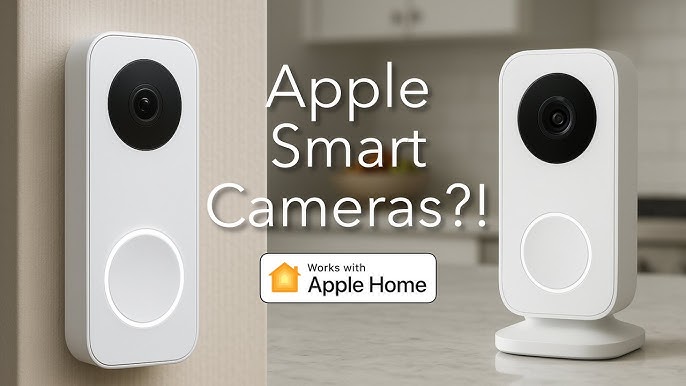
Credit: www.youtube.com
Frequently Asked Questions
What Are Smart Home Integration Cameras?
Smart home integration cameras are security cameras that connect with other smart devices in your home. They enable seamless automation and control through platforms like Google Assistant, Alexa, or Apple HomeKit. These cameras provide enhanced security, convenience, and energy management by integrating with other smart home technologies.
How Do Smart Cameras Improve Home Security?
Smart cameras improve home security by offering real-time alerts, live streaming, and motion detection. They can be accessed remotely via mobile apps, allowing homeowners to monitor their property anytime. Integration with other smart devices enhances security by enabling automatic lighting or alarm activation when suspicious activity is detected.
Can Smart Cameras Integrate With Voice Assistants?
Yes, many smart cameras integrate with popular voice assistants like Alexa, Google Assistant, and Siri. This integration allows for convenient voice commands to control camera functions. Users can request live views, arm or disarm systems, and receive notifications, enhancing the overall smart home experience.
Are Smart Home Cameras Easy To Install?
Smart home cameras are generally easy to install and user-friendly. Most models come with step-by-step instructions and necessary mounting hardware. Wireless options make installation even simpler, requiring only a stable Wi-Fi connection. Many systems offer plug-and-play setups, making them accessible for tech-savvy and non-tech-savvy users alike.
Conclusion
Smart home integration cameras offer clear benefits for home security. They allow easy monitoring from your phone or other devices. Setup is simple and fits most smart home systems. These cameras help you feel safer and more connected. Choosing the right camera depends on your needs and budget.
Think about features like night vision and motion alerts. Keep your system updated for the best performance. Smart cameras are a useful step toward a secure home. Small changes can bring big peace of mind.
20 min read

